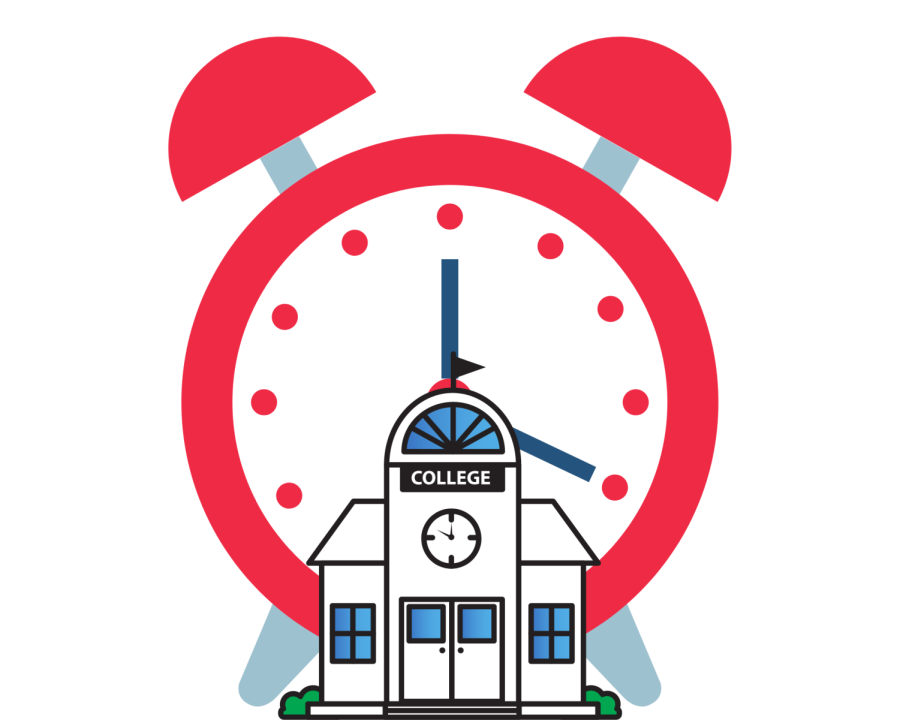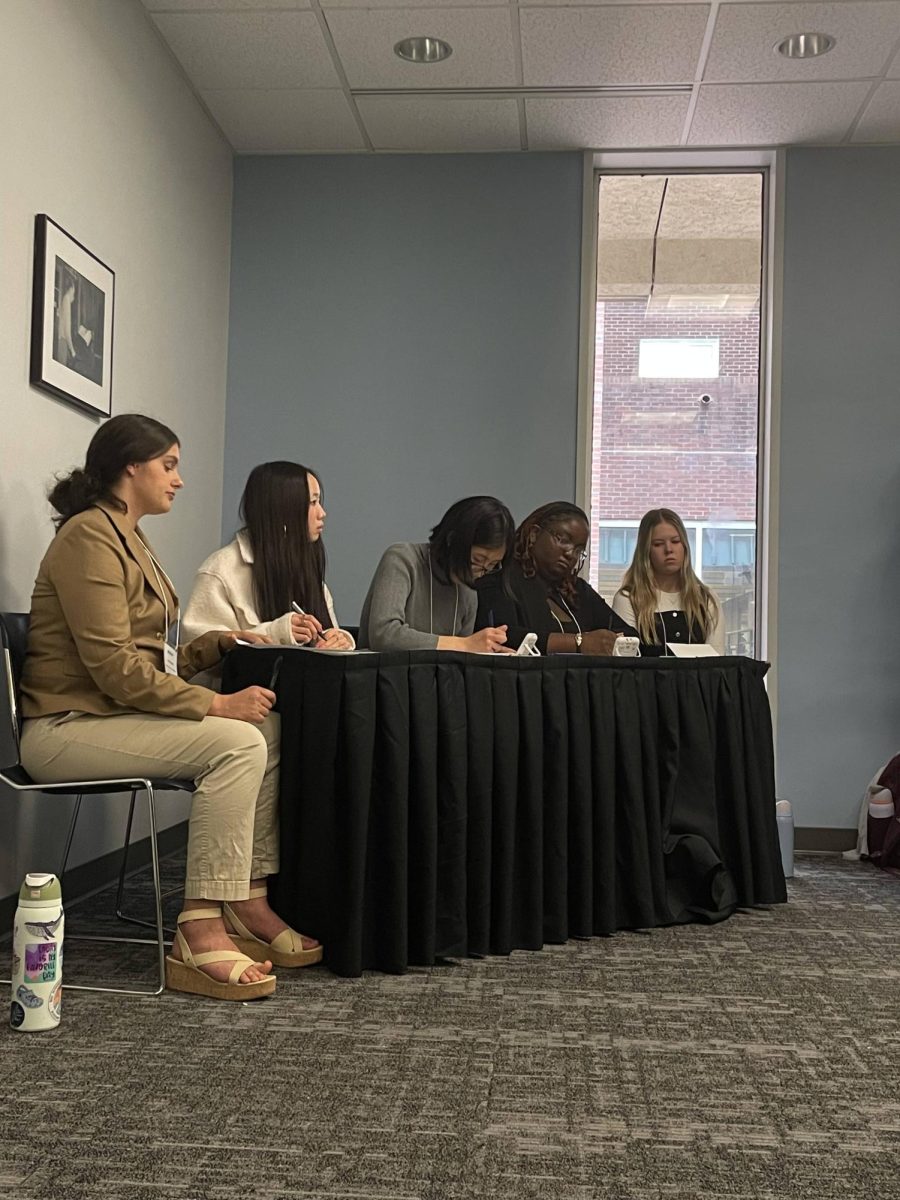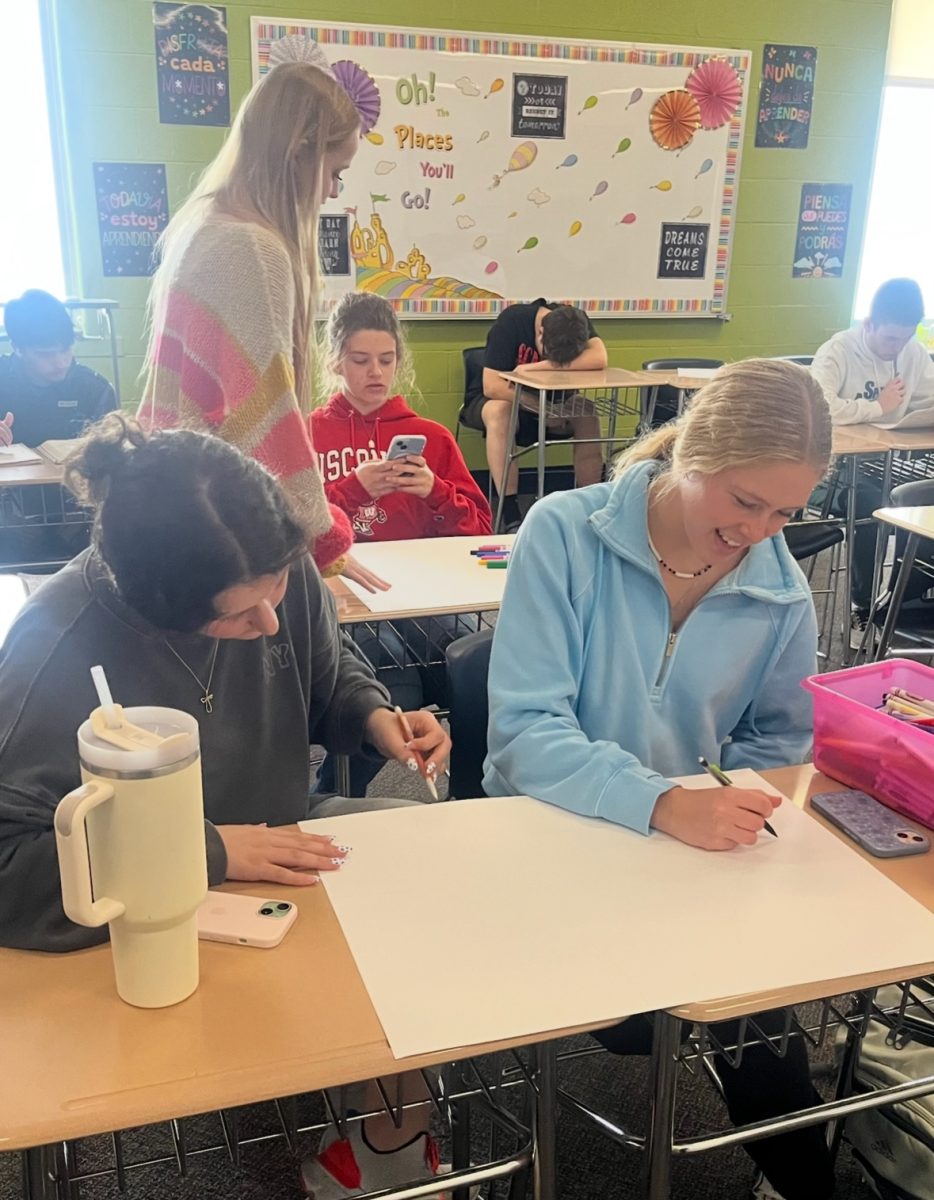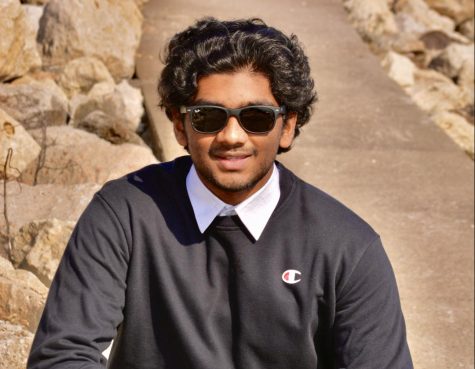As seniors are receiving college decisions from the regular decision pool, some faced acceptances, some faced rejections but an uncanny amount of people faced waitlists.
A waitlist is basically a “friend-zone” of college admissions. The applicants who were placed on the waitlist had the necessary qualifications to be admitted, but their profiles did not entirely align with the college’s desired narrative.
Colleges use a waitlist mainly to manage yield and class size. They have an idea of how many students they want in the class and they admit enough students to fill their undergraduate class size quota. However, since colleges can’t predict yield perfectly, they sometimes turn to the waitlist to fill up the rest of their class.
Students on the waitlist have to wait to see if there is space available in the class all throughout the summer. These waitlists usually have a small number of people making it off as well, with MIT accepting 25 kids out of 501 applicants to Rice accepting only 2 out of 2118 in 2022.
The sheer number of waitlists this year have caused many to wonder the cause.
Senior Parth Choudary got waitlisted from a couple of his top choices despite high hopes. “This year, I noticed how many people, including me, are getting waitlisted to different schools. Every year a lot of people get waitlisted but I definitely think there’s been a notable increase this year,” Choudary shared.
Choudary’s claims are reflected by the fact that the number of applicants applying has risen dramatically over the past few years, while college class sizes have relatively stayed the same. This means there’s simply not enough space to accommodate all the students that are competitive candidates and they’re just offered a place on the waitlist.
In addition to the increasing number of applicants, there is a new demand from international students. Many students from overseas trying to pursue the American dream drive up the number of applicants every year. These students also usually apply to 15 or more colleges, which subsequently drives down the domestic acceptance rate, pushing more people into the waitlist.
This year, there were also more Americans that applied due to taking a gap year during COVID.
With all of these extra applicants combining with the current high school seniors, a huge tide of applications swept colleges all across the country, who accepted only a small percentage of the hard-working students. However, the students on the waitlists are given a second chance, mostly based on luck.
Colleges typically use a variety of factors to determine which waitlisted students to admit, including the needs of the college, geographic diversity and whether the student will bring a unique perspective or background to the campus community. To increase chances of being admitted through a waitlist, the applicant must accept their place on the waitlist, notifying the college that they are still interested in attending. if the college allows it, they can also update their application with new accomplishments and a letter of recommendation.
Senior Deen Nair also received waitlist decisions from multiple schools. “I got waitlisted from some schools, however, they’re not my top choices so I declined the waitlists. This way I can have certainty and kids that actually want to go to that school have a higher chance,” Nair shared.
The applicant should continue to explore other options, such as looking to other colleges or considering gap year programs as a waitlist is not a guarantee. It’s also important to keep in mind that waitlist decisions may not come until the summer months, so being patient and not relying solely on the waitlist for college admission is pertinent. If offered admission from the waitlist,the applicant will have a short window of time to make a decision, so it’s important to be prepared to make a quick and informed decision.
“It’s super nerve wracking, having to gamble on this small chance that you’ll get accepted off the waitlist. In my experience and probably along with many others, it made me wonder if it’s even worth trying your luck and waiting it out. Some schools accept 12 kids out of every thousand, while others accept higher percentages. In all, it is super stressful for students to decide between taking the rejection or testing their luck one more time,” Choudary continued.
Most students do test their luck, as Choudary stated, but only some, if any, win the lottery.









